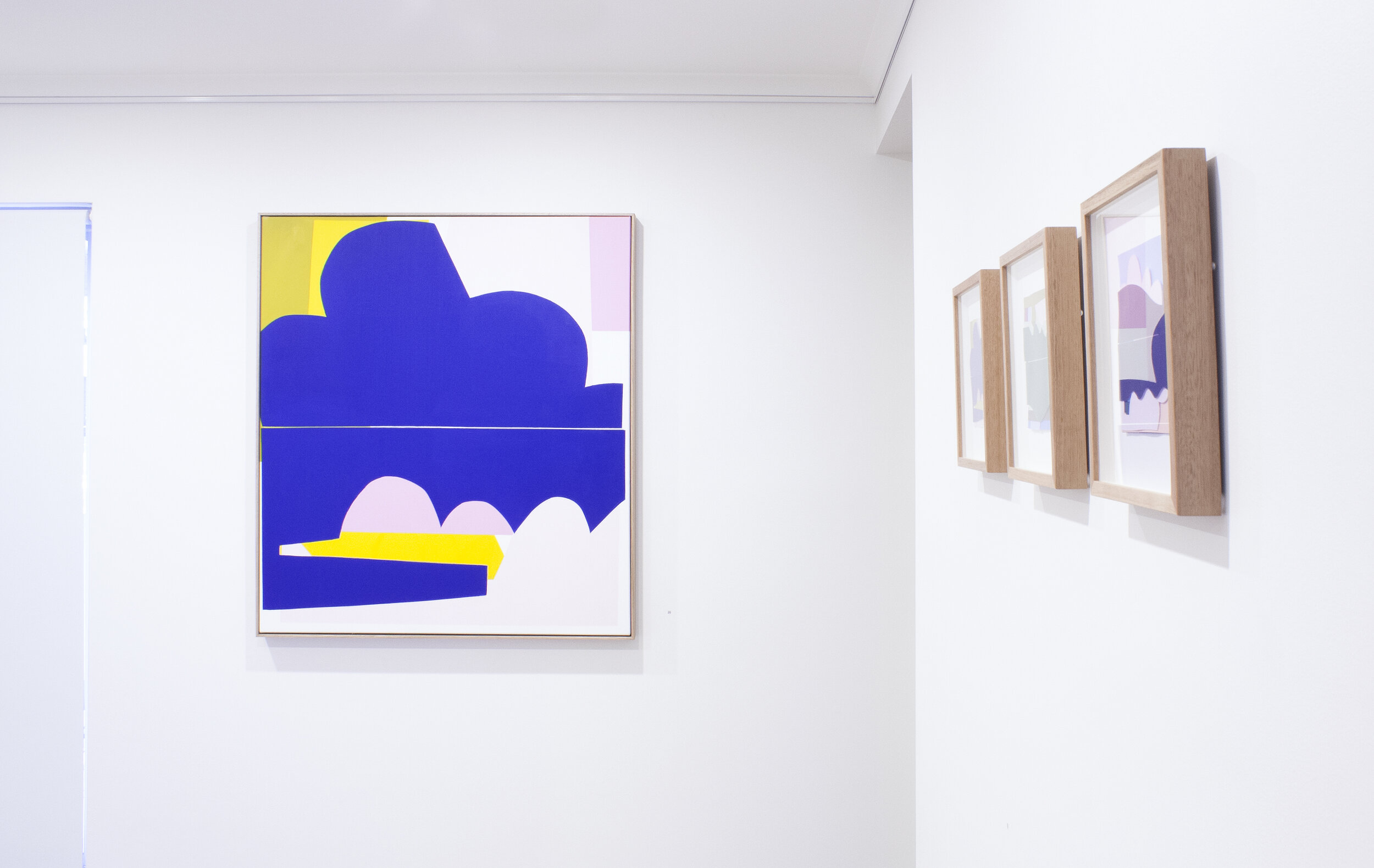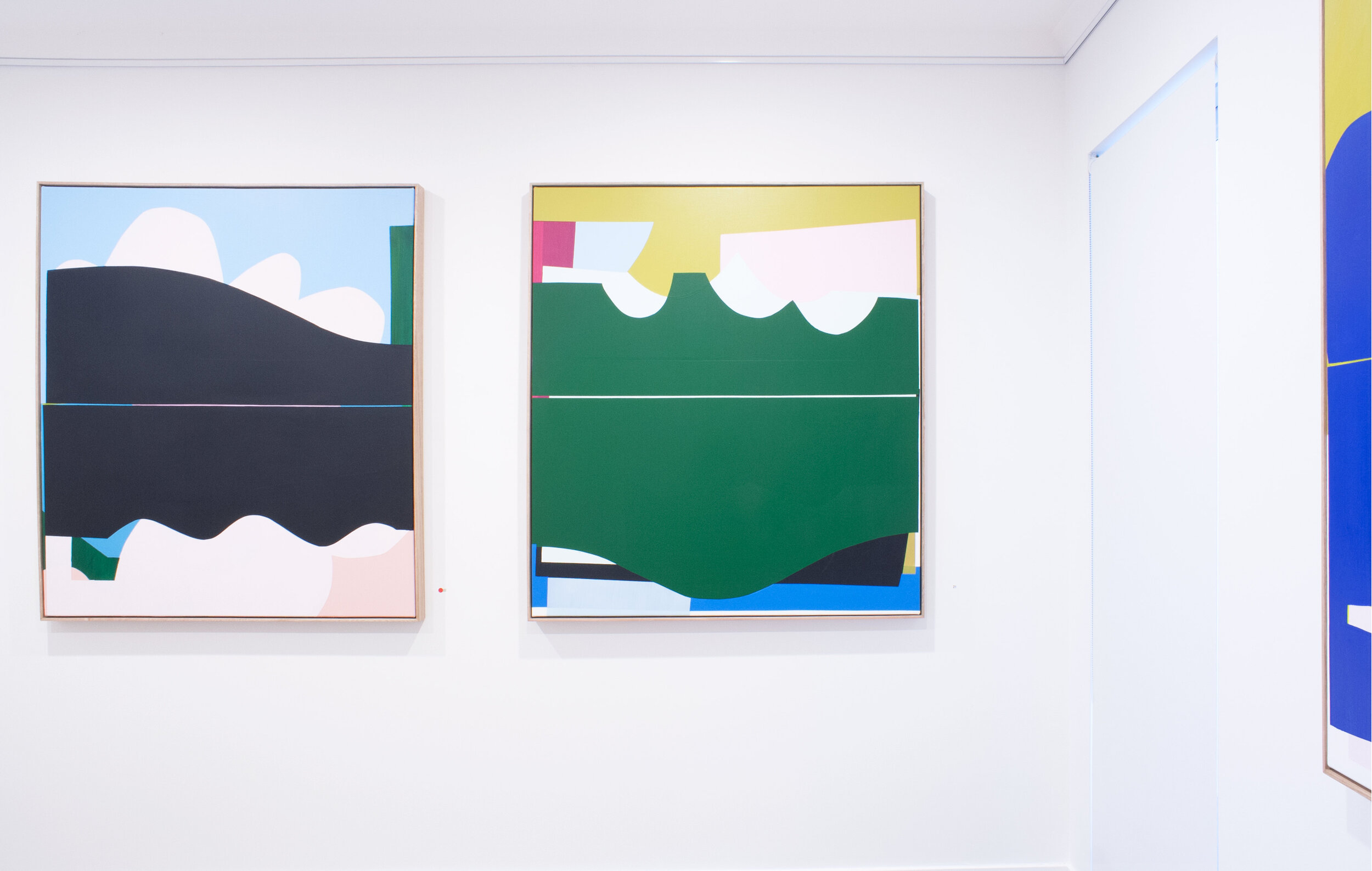Exhibition
Capricious Forms, 2018
Jan Manton Gallery
4 - 28 July 2018
The architectural capriccio was a fictionalised assemblage of archaeological and architectural bits and pieces. Paintings and prints combine existing details in an invented pastiche.
Artists took liberty with compositions rearranging buildings and monuments with romantic sentiment. For example, in 1756 Giovanni Battista Piranesi combined monuments, tombs and frontispieces in his printed reimagining of the Appian Way in Rome. In another example, Giovanni Paolo Panini records individual buildings and architectural details in his 1757 Views of Ancient Rome and 1758 Views of Modern Rome act as an inventory of urban development. ‘The architectural capriccio is a tool to express the theoretical limits of architectural and urban spaces’. [1] By inventing possible landscapes and through architectural capriccio artists reordered and recreated their reality.
A compulsion to collect and organise discreet architectural elements for use in larger compositions was shared by Dutch artists of the Seventeenth Century Golden Age. Artists collected motifs from existing buildings and recombined details in new compositions in the studio. For example, Jan van Goyen ‘filled pages of his sketchbook with profile views of various towns’[2] which he then referred to in the studio to compose new scenes of ‘possible’[3] places.
These works investigate an inherited Dutch art historical tradition of collecting and organising, recasting and recombining elements to create new work. I am interested in how and why artists selected specific objects, how they translated their observations via the sketchbook onto the canvas, and in what ways this is similar to a contemporary process of cut and paste, or collage.
Inspired by existing built forms, these works are removed and displaced from their immediate inspiration by a process of abstraction. The individual forms are arranged and rearranged using abstraction and then variously overlayed in translucent veils to create complex painted surfaces.
1. Selena Anders “Patronage in the golden age of the Capriccio.” Chap. 4 In Steil, Lucien, ed. The architectural capriccio: Memory, fantasy and invention. Ashgate Publishing, Ltd., 2014, 56.
2. Svetlana Alpers "The Mapping Impulse in Dutch Art." Chap. 4 In The Art of Describing, 119-221. Chicago: The University of Chicago Press, 1984, 132.
3. Alpers, 132.

